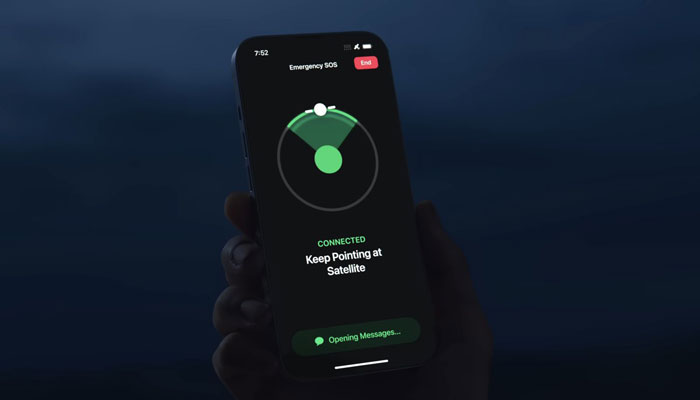Apple introduced Emergency SOS via Satellite with the release of iOS 16.1, which is intended to let owners of iPhone 14s get in touch with emergency services using satellite connectivity when no cellular or WiFi connection is available. Today in Alaska, a man who got lost in a remote area put the feature to the test.
The Alaska State Troopers received a notification that a man using a snowmobile to travel from Noorvik to Kotzebue had become stranded early on December 1. In order to notify authorities of his situation, the man used the Emergency SOS via satellite feature on his iPhone 14 while he was in a cold, isolated area without connectivity.
The Northwest Arctic Borough Search and Rescue Coordinator and the local search and rescue teams collaborated with Apple’s Emergency Response Center to dispatch volunteer searchers to the GPS coordinates that were sent to Apple via the emergency feature.
The man was successfully saved, and nobody was hurt. He was in a remote location that is only partially covered by satellite connectivity. As Noorvik and Kotzebue are close to 69° latitude, Apple warns that satellite connectivity may not be available in areas above 62° latitude, such as the far north of Canada and Alaska.
The Emergency SOS via Satellite feature, which asks several questions before an alert is sent out to speed up rescue missions, left the troopers who assisted in the rescue “impressed with the accuracy and completeness of information included in the initial alert.”
All iPhone 14 users have access to emergency satellite via SOS, which can be used in situations where there is no WiFi or cellular connection and an emergency situation arises. For the first two years, the feature is free to use, and Apple has not yet specified how much it will cost moving forward.
Currently, satellite connectivity is only available in North America, but it will soon be made available in France, Germany, Ireland, and the UK as well.












